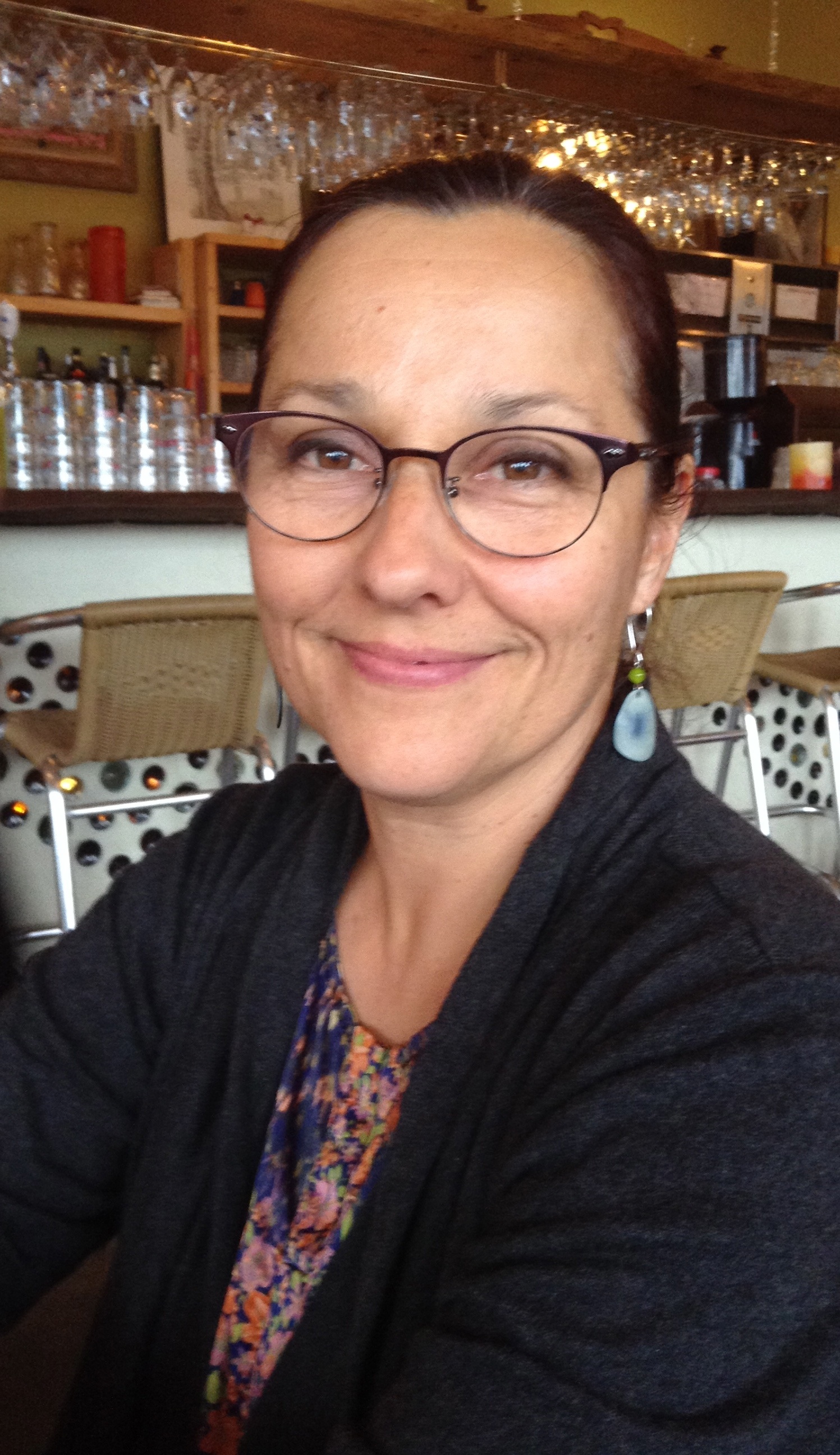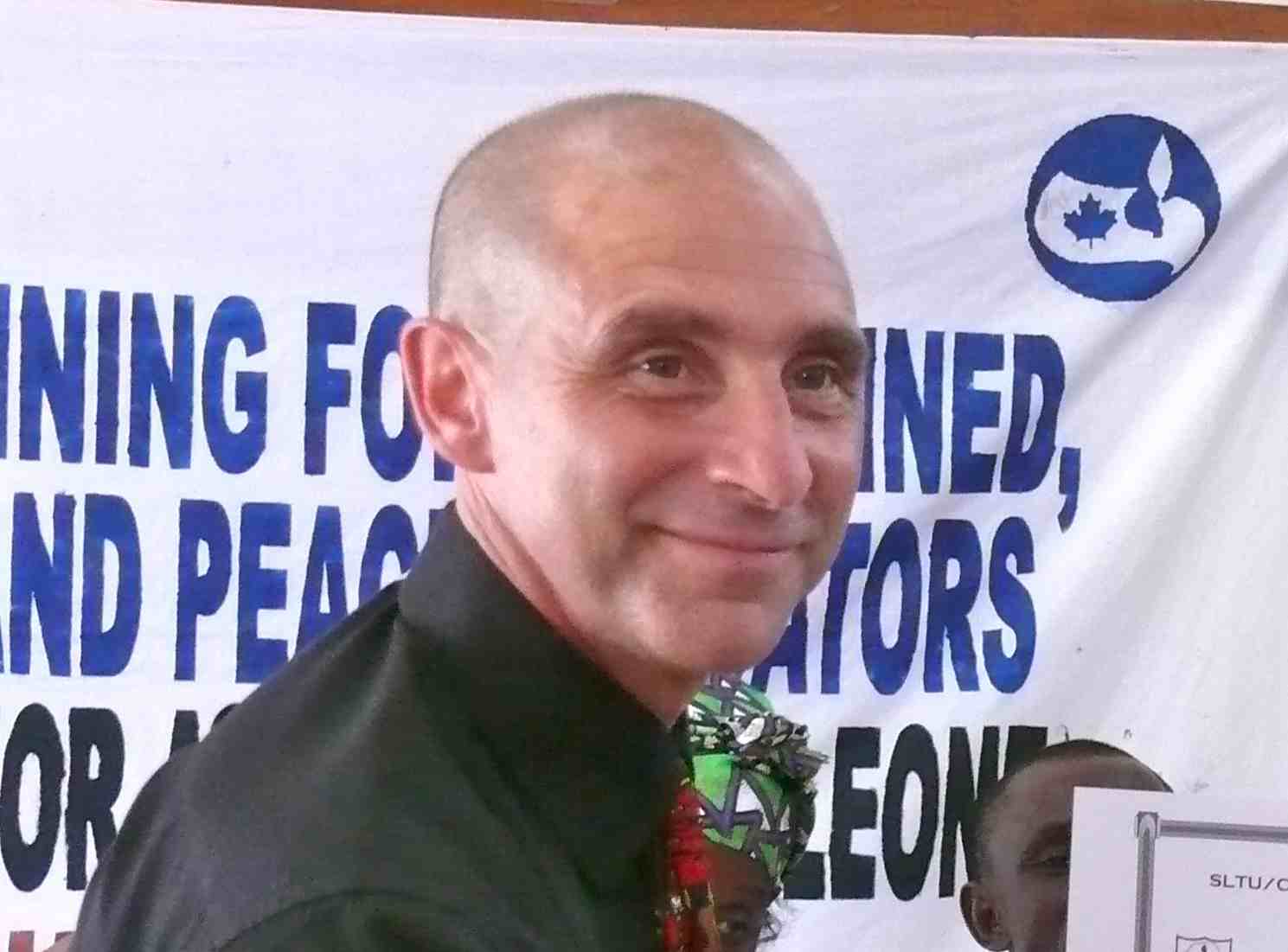As teachers, we are obliged to make plans every day for every block we teach. Planning ahead can make everyone’s life so much easier and it is a necessity for a well-run classroom.
In Teacher’s College, I recall the lesson plans we had to create, in painstaking detail, indicating what our learning objectives were, how we would prepare, motivate , teach, assess and evaluate our students, what materials we would need to make it all happen and how many minutes each activity would take from start to finish.
Because planning is such a big part of our daily lives, it is no wonder we may not feel comfortable scrapping our plans right in the middle of a lesson. I’ve got stories of lessons which were not my best that I’ve suddenly changed so that everyone is happier and more productive, but I’d like to share a recent experience where a student encouraged me to scrap my lesson for something better.
Last week, I read a lovely book to my class called, “Whoever You Are” written by Mem Fox. The story is simple but straightforward and the illustrations by Leslie Staub are magical with vibrant colours and beautiful, clear images. The story reads more like a poem as it reminds us that we are all different in what we may eat, how we dress, where we live, or how we write our languages, but that we all feel joy and pain the same way. It was a perfect book to read during Anti-Bullying week because of its gentle message celebrating cultural diversity.
When I finished reading, I prepared the students for a reader’s reflection by noting some of their comments and opinions on chart paper. Before long, the page was full and it was clear that they had nailed it with comments like, “we are all different AND we are all the same” and “we are all special for different reasons.” I was so happy with their ideas as they began writing in their journals using ideas from our long list.
After about 2 minutes, I interrupted the class, quite excited about an idea I had. I told them that what they had just collaborated on – the long page of comments and insight about the book – could in turn be made into our own book about ‘belonging’. Each student could take a section of the list, write it neatly on a page and make an illustration to go with it. Then we could make a cover, and ‘publish’ it for our school library. The students got excited about the idea while they listened and tried to work in their notebooks.
Then, one of my students asked simply, “Could we make the book now?” It took me a split second to make my decision. The energy started to rise as I made an effort to explain the notion of Carpe Diem (Seize the Day), while searching for the right paper for good copies and the students chose which section of the list they wanted to illustrate. After a brief ‘writers’ meeting’ to discuss criteria for the book, they all got down to work. I have quite a range of abilities and challenges in my Grade 3 class and they are not great at transitions, but on this afternoon, even with this sudden switch in gear, everyone was fully engaged and focussed on their task.
Although the book idea came from me, the idea to scrap my lesson and start working on the book right away came from a student. And he was right.



